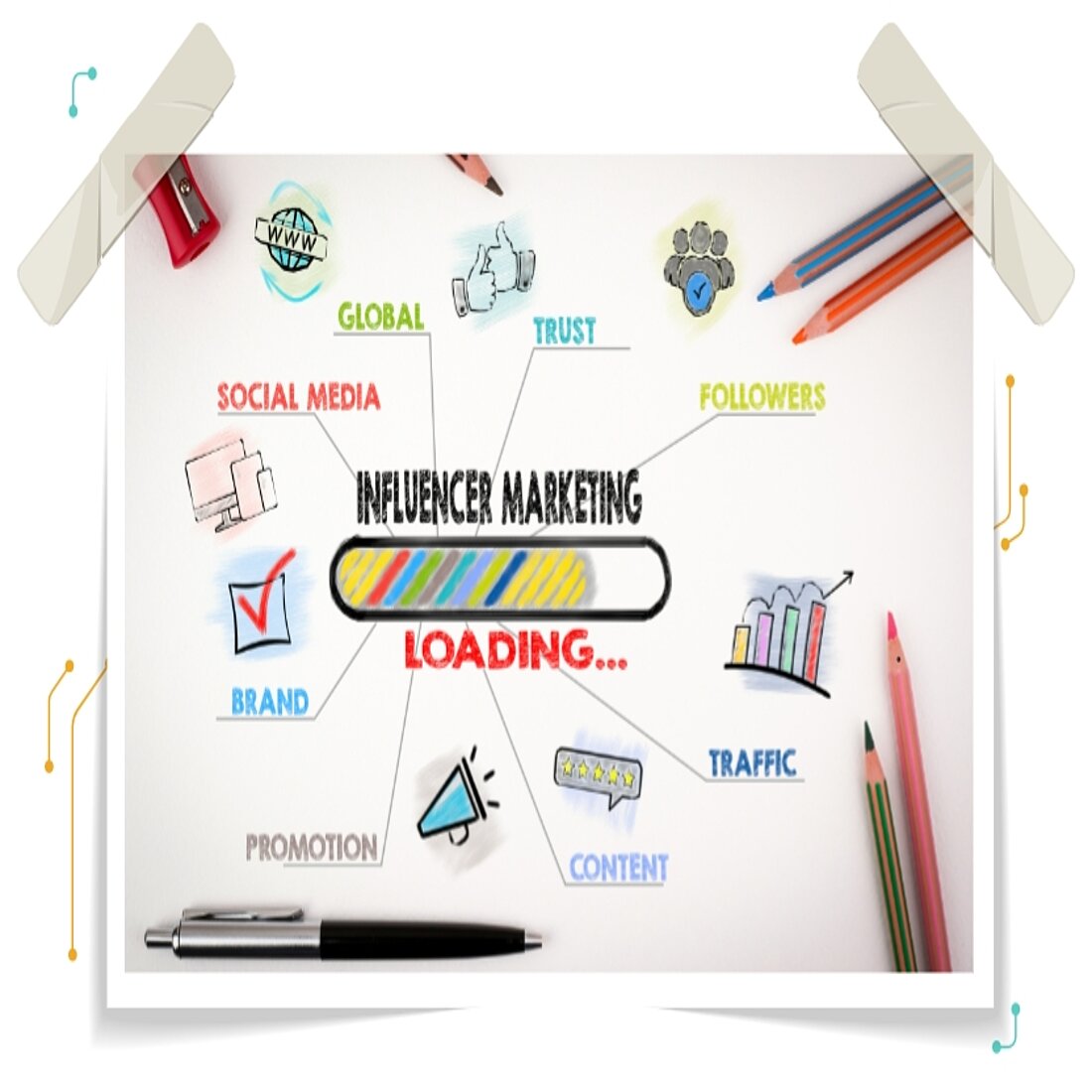- Surrender Third-Party Data
- Tap Into the Right Cookieless Tracking Tool
- Revive Contextual Advertising
- Lean on Content Marketing
- Espouse People-Based Targeting
- Keep up With Trends
- Become a Social Media Guru
- Leverage Influencer Marketing
- Benefit from UTM Parameters
- Adopt Artificial Intelligence and Machine Learning
Although cookies have long been utilized in digital marketing and advertising, marketers are now making the most of cookieless advertising as the future draws closer and your favorite munchies are disappearing.
Cookieless advertising means marketers becoming less reliant on third-party cookies.
The future of digital marketing and advertising is highly represented by the cookieless environment. Brands and digital marketing agencies need to be ready for this huge technological development.
So, how can you maintain a connection with your audience while replacing the tracking cookie method?
Here are some strategies to help you kick your cookie addiction.
Surrender Third-Party Data
As obvious as it is, you should stop relying on third-party data and start finding alternatives to it.
Businesses and marketers should find their way through discovering techniques other than third-party data to follow the user's online behavior as Google, Apple, and other web browsers start to restrict the usage of third-party cookies.
Go ahead by investigating different methods of data acquisition that deal directly with customers rather than relying on cookies. For instance, you can implement market research, newsletter, QR codes, surveys, and polls.
Moreover, you can offer free valuable content or useful resources in return for user information. By doing so, you can increase the level of intimacy and direct communication with customers without compromising their data security.
Even in a world without cookies, you will continuously need to gather more information about your clients and potential clients.
Revive Contextual Advertising
It never really went away!
Contextual advertising is one strategy you can employ to succeed in a cookieless world. Cookieless targeting heavily relies on contextual advertising.
“We don’t expect a decline in ad dollars or a decline in ad traffic, we expect a reallocation and shift of budgets,” said Jon Kagan, VP of search at Cogniscient Media. “The next best option to cookies based behavioral targeting is anything keyword or keyword contextual-based advertising. Years ago everyone discounted it and we moved further and further away from keyword targeting, but now we’re going to have to go straight back to it.”
This targeting technique uses algorithms to target ad spots based on keywords, website content, and other metadata. Users see your advertising, as a result, depending on the content they are currently viewing.
In a world without cookies, contextual targeting may potentially be a useful tool for advertising. Instead of focusing on a user's identity specifically, it makes use of non-personal information that is dependent on where and what content they visit.
This means that companies target their advertising to websites which provide content pertinent to their product or service. For instance, one might be interested in sports, a healthy lifestyle, or athletic products if they are reading about new sneakers.
Advertisers should therefore presume that adverts for athletic apparel may also be relevant and helpful to the user.
Contextual targeting obviously falls short of replacing cookies entirely. Advertising organizations will be able to identify a user's interests without identifying them personally.
Data about previous visits to particular sites won't be impacted, but general categories of attractions, like music genre, will be considered.
From the consumer perspective, contextual ads are way less creepy because they don’t give you the feeling that you’re being followed around the web. They only see ads that are relevant to the content they are currently consuming, which can actually be beneficial to them, rather than annoying.
Lean on Content Marketing
Content is the new cookie (says the content marketer)!
But be aware that content is more than just blogs and articles. Images, infographics, videos, and podcasts are all examples of content. Marketers can use these mediums in a cookieless world, especially since images and videos are becoming more popular as content formats.
Finding the appropriate content for the contextual ad is essential for marketers since cookieless targeting significantly relies on the content.
Some of the benefits of cookieless targeting are the process of collecting real-time data and niche targeting. Digital advertising is able to reach the correct audience at the right time by combining these advantages with reliable, reputable, and authoritative content that is more visible on search engines.
Creating top-notch material is a difficult task. It should, first and foremost, respond to users' search queries. If it responds to their queries and concerns, the audience perceives the content to be informative and helpful.
Secondly, it must be supported by data. It is beneficial to offer pertinent information from reliable and trustworthy sources. Even if the article incorporates the writer's viewpoint, the content becomes credible when it is cited as a source. The audience loses faith in information which is inaccurate.
Finally, conducting keyword research is essential to creating high-quality content. A digital marketing agency could examine the keywords used by the rivals. It can evaluate content competitiveness for similar groups of keywords using the data. It can also identify less competitive terms, which gives them options for content.
Espouse People-Based Targeting
As the majority of mobile devices and apps don't accept cookies, the move to mobile has been impeding the efficiency of cross-device remarketing for some time. Not to mention that since cookies are device-specific, the remarketing trail is lost when a user moves from their work computer to their home computer, from a desktop to a mobile device, or even just between browsers on the same device.
It interferes with suppression as well, costing you money when retargeting users who have already converted on other devices. People-based advertising fills the gap in this situation.
People-based advertising, which was popularized by Facebook, is based on a distinctive identifier that is connected to the user, not the device.
According to MartechSeries, people-based marketing is defined as “a means to create a customer-centric, cohesive marketing system that revolves around customers and their real-time behavioral data. This data, combined with available first-party brand data, allows brands to target customers in real-time, across devices and channels.”
Brands can meet customers where and when they genuinely want to interact with them using this technique, and it’s a nice touch since it doesn't rely on third-party cookies to track users or collect data.
According to BounceX (who provides a platform that enables this to work), a successful people-based marketing strategy boils down to three key elements.
Identification
Customers need to be properly identified by brands and connected to their numerous gadgets. Here, achieving persistent, cross-device recognition for a single view of the consumer is the main objective.
If this one customer journey is not well-tracked, it may result in inaccurate assumptions about consumer behavior, inaccurate data, and ultimately, poorly executed marketing efforts. Brands must be able to recognize their customers across channels and devices to prevent that.
Data
Brands now have a ton of data on each of their customers, including information on purchases, email interaction, and devices. The identification-first strategy for consumer data gives marketers the advantage of more effective targeting.
In addition to historical data, brands should also consider real-time behavioral information on customers' devices, interactions with your website, shopping carts, and the pages they visited while browsing. By connecting these data points, brands can obtain a comprehensive understanding of their customers.
Automation
Instead of relying on cookie-based data, people-based marketing automation relies on people-based targeting.
By tying all the data to a single source, it enables brands to create a unique consumer view. As a result, companies are able to automate an omnichannel marketing plan across all platforms while still maintaining a single, unified marketing strategy.
In this cookie-free environment, consumer identity and data are the main catch. Customers who use Google, Amazon, or Facebook's walled gardens continue to be signed in on all of their devices.
Not to mention that they have access to the most first-party customer behavioral data of anyone on the planet. People-based marketing may not be as feasible for companies that lack sufficient first-party data and login details about their clients.
Although there are many technological platforms that enable marketers to resolve identification and behavioral data, including purchase information, email engagement, and device information, not everyone will have enough data to make this work at the scale and price point that cookie-based retargeting allows.
Keep up With Trends
Nowadays, successful advertising involves innovative thinking and constant monitoring of emerging technologies, platforms, and formats. Time spent on learning and development is the best method to get ahead of industry changes and implementation ramp-up times.
It will make a difference to whether campaigns continue to perform well or experience a decline in performance if you take the time to educate your media buyers on how to be effective in cookieless environments.
Some methods can be spending time on social media and finding more about what people are looking for, giving a try to the industry newsletter, reading interviews and watching podcasts from industry experts, as well as always keeping an eye on your competitors.
Keeping up to date and informed on the digital industry has always been and will continue to be an important part of being a successful professional.

Leverage Influencer Marketing
Tens of thousands of people follow influencers and have shared their data on social media platforms. These people can gain access to the follower profiles' first-party data and generate insights about their jobs, hobbies, locations, birthdays, and other details.
Additionally, through surveys, comments, and direct messages (DMs), which can be classified as zero-party data, followers who trust influencers and key opinion leaders in the field actively disclose their personal information with them.
Influencers can share follower information with marketers in advance of a world without third-party cookies so that marketers can use it to position targeted adverts.
They also have a genuine connection with their audience, which gives them access to first-party data and the ability to interact with it. Influencers are familiar with the audience's preferred types of content since they interact with them frequently.
With tailored content, brands working with influencers for cookieless marketing will be able to better communicate their brand message to the appropriate audience.
Benefit from UTM Parameters
There’s a hack that unites the worlds of UTMs with cookieless tracking. UTM parameters are small pieces of code appended to a URL.
You can attribute a link to your website or social media pages to see what pages readers access. To target sponsored advertisements and comprehend how consumers progress through your funnel, it is essential to identify where your traffic originates.
The moment has come for you to start using UTMs even if these are something new to you.
UTMs keep around even if users share them elsewhere, which makes it easy to trace where visitors are coming from.
As a result, you have a much greater understanding of who your audience is and how they interact with your business online.
To create a tracking link, you should use UTM parameters that include Campaign Source (utm_source), Campaign Medium (utm_medium), Campaign Name (utm_campaign), Campaign Term, and Campaign Content in your URLs. This action should be done before sharing them across channels.
Here’s an example: www.visitor-analytics.io/landing-page?utm_source=google&utm_medium=cpc&utm_campaign=autumn_sale&utm_term=website_analytics&utm_content=CTA_button
Adopt Artificial Intelligence and Machine Learning
In the absence of third-party cookies, obtaining first-party data will be more crucial than ever. Aside from the obvious advantages of Facebook, Google, and Amazon, brands frequently have access to more data than they realize.
Not to mention that using customer data that has expressed interest in contacting you is often regarded as more ethical than purchasing and selling access to consumer data from third parties.
Your call center may be a hidden source of first-party client data. When your consumers phone you, they are essentially communicating their wants and how they intend to discuss them.
You need an automated system that can comprehend what is being said and accurately deduce its meaning in order to be able to classify consumer conversations into meaningful digital datasets.
Artificial intelligence and machine learning are two of the finest ways to sort through and make sense of all the information that marketers are now faced with.
With the use of computer science, marketers can transform vast amounts of aggregate data into detailed, user-level insights. Moreover, predictive modeling can be used to map out potential user insights.
A great benefit of artificial intelligence and machine learning systems is that they can collect data quickly, forecasting exposures and reconstructing customer journeys from vast, unmanageable volumes of aggregate data in real-time or very close to it.
Bake Cookieless Advertising Into Your Marketing Strategy
When older equipment begins to fail, the advertising environment on the open internet is changing quickly. Companies, agencies, publishers, and technology firms should keep searching for a long-term replacement in mind.
Therefore begin exploring cookieless environments today to be ahead of the rush and learn how to reach audiences without cookies.
Share this article with your friends, colleagues, and social community to make them more aware of the end of cookies and the strategies that can keep them on the market when using advertising in a cookieless world.
Share article
Get Started for Free
Gain World-Class Insights & Offer Innovative Privacy & Security

You might also like
Insights to Your Inbox
Receive a monthly summary of website intelligence news, advice, and also product updates. And don't worry, we won't tell sales!








